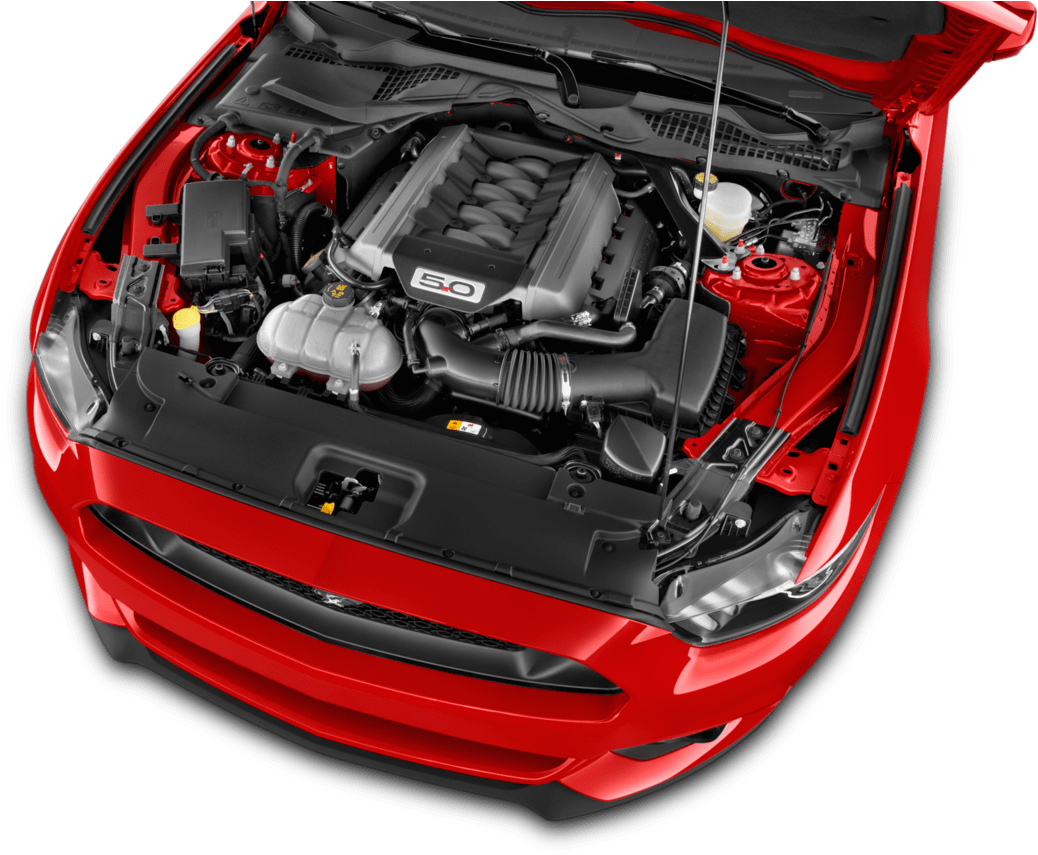Improve Your Experience with a High-Quality Opel Corsa Engine
Checking Out the Inner Functions of a Compact Car's Engine System
As chauffeurs, we typically consider granted the complex procedures that occur within the boundaries of our lorry's engine system. The portable yet intricate equipment that pushes us onward is a marvel of design precision and coordination. From the controlled explosions in the burning chamber to the meticulous timing of gas shot, every component plays a critical role in the smooth operation of the engine. In this expedition of a compact automobile's engine system, we will decipher the internal functions of this mechanical symphony, shedding light on the mysteries that drive us ahead on our daily trips.
Combustion Refine Review
The burning process in a small car's engine system is a vital mechanism that efficiently converts fuel into power to power the lorry. This procedure happens within the burning chamber of the engine, where fuel and air mix, stir up, and generate controlled explosions. The burning procedure contains 4 primary phases: consumption, compression, power, and exhaust.
During the intake phase, the piston relocates downward, reeling in a mix of air and fuel right into the burning chamber. The next stage, compression, involves the piston moving upwards, pressing the air-fuel mixture to increase its potency. Subsequently, in the power phase, the trigger plug ignites the compressed blend, leading to a rapid development of gases that forces the piston back down. This downward movement creates the power required to drive the car. Ultimately, in the exhaust stage, the burnt gases are expelled from the burning chamber via the exhaust valve, preparing the chamber for the following cycle. This cyclic burning procedure is fundamental to the procedure of a small vehicle's engine system, ensuring effective power conversion for propulsion.
Piston and Cylinder Interaction

The piston's exact fit within the cylinder is vital for keeping optimum compression and stopping energy loss during combustion. Limited clearances in between the piston and cyndrical tube walls make certain effective securing, permitting the piston to move efficiently without enabling gases to leakage past. Correct lubrication is also important to lower rubbing and wear in between these parts, enhancing longevity and efficiency.
Furthermore, the layout and materials utilized in making the piston and cylinder influence engine effectiveness and longevity. Modern engines typically employ lightweight yet resilient products like aluminum alloys for pistons and cylinder linings to reduce inertia and boost thermal efficiency. On More about the author the whole, the unified communication between the piston and cylinder is basic to the engine's functionality and general efficiency.
Fuel Injection System Capability
Fuel shot systems in compact car engines play an important function in exactly providing fuel to the burning chamber for efficient and controlled ignition. The gas injection system functions by infusing gas into the combustion chamber at the optimal moment during the engine's procedure (opel corsa engine). This specific timing guarantees that the fuel mixes evenly with the air for appropriate burning, leading to boosted fuel performance and decreased exhausts
There are largely 2 kinds of fuel injection systems used in small vehicle engines: port fuel shot (PFI) and direct gas shot (DFI) PFI systems infuse gas right into the visit site intake port prior to the consumption shutoff, while DFI systems inject fuel straight right into the combustion chamber. Both systems have their advantages, with DFI offering better gas atomization and PFI supplying a much more cost-efficient option.
Comprehending Engine Cooling Devices
Effective procedure of a compact automobile's engine counts greatly on the effectiveness of its cooling systems. The air conditioning system in a small vehicle usually is composed of a number of components working together to control the engine temperature. Comprehending these engine air conditioning mechanisms is essential for maintaining the performance and durability of a small vehicle's engine system.

Exhaust System Elements Explained
The ideal functioning of a small lorry's engine cooling mechanisms depends on a corresponding system recognized as the exhaust system, which comprises various vital components for making certain effective exhausts and engine performance. The exhaust system consists of components such as the exhaust manifold, catalytic converter, muffler, and tailpipe. The exhaust manifold accumulates exhaust gases from the engine's cylinders and routes them to the catalytic converter. The catalytic converter after that transforms unsafe pollutants in the exhaust right into less harmful discharges prior to launching them via the muffler and tailpipe.
One crucial component of the exhaust system is the oxygen sensor, which monitors the oxygen levels in the exhaust gases to help regulate gas consumption and make sure optimal engine efficiency. opel corsa engine. Additionally, the resonator may exist in some exhaust systems to minimize noise degrees. In general, the exhaust system plays a vital function in preserving engine effectiveness, decreasing hazardous emissions, navigate here and ensuring a quieter driving experience for compact car owners

Final Thought
In conclusion, the portable vehicle's engine system is a complex combination of components that collaborate to help with the burning process, transform fuel into energy, and remove waste gases. Comprehending the inner workings of the engine system, consisting of the piston and cylinder interaction, gas injection system, engine air conditioning devices, and exhaust system elements, is crucial for preserving optimum efficiency and efficiency of the vehicle.
The combustion process in a small vehicle's engine system is a crucial mechanism that effectively transforms fuel into energy to power the lorry.Fuel injection systems in compact lorry engines play an important role in precisely supplying gas to the combustion chamber for controlled and effective ignition.There are primarily 2 kinds of fuel injection systems made use of in small car engines: port fuel injection (PFI) and direct fuel shot (DFI) Understanding these engine cooling devices is essential for maintaining the performance and long life of a portable automobile's engine system.
The ideal functioning of a small vehicle's engine cooling systems depends on a complementary system understood as the exhaust system, which comprises various crucial elements for making sure effective exhausts and engine performance.